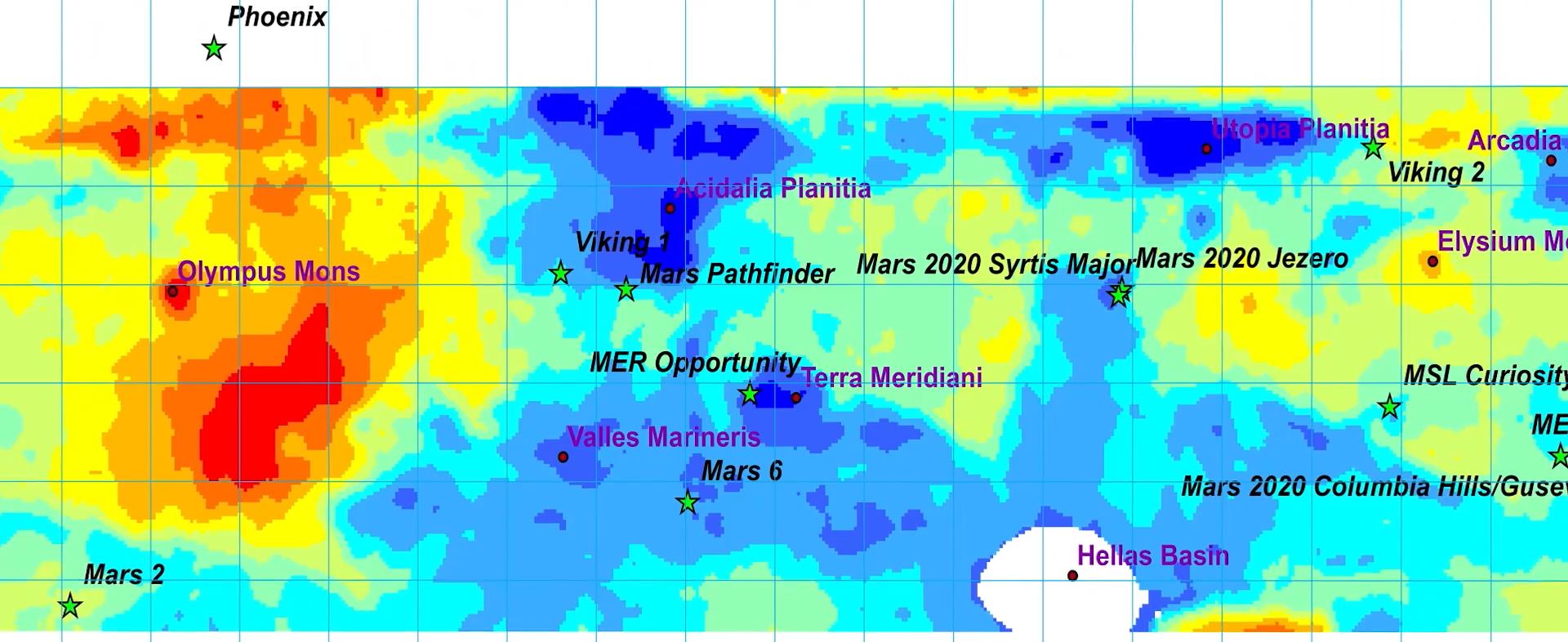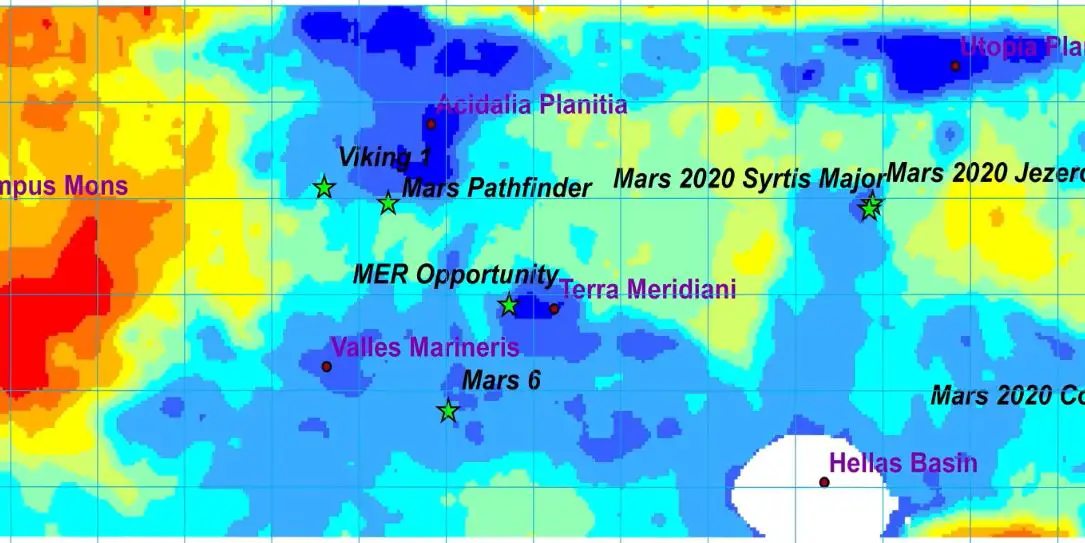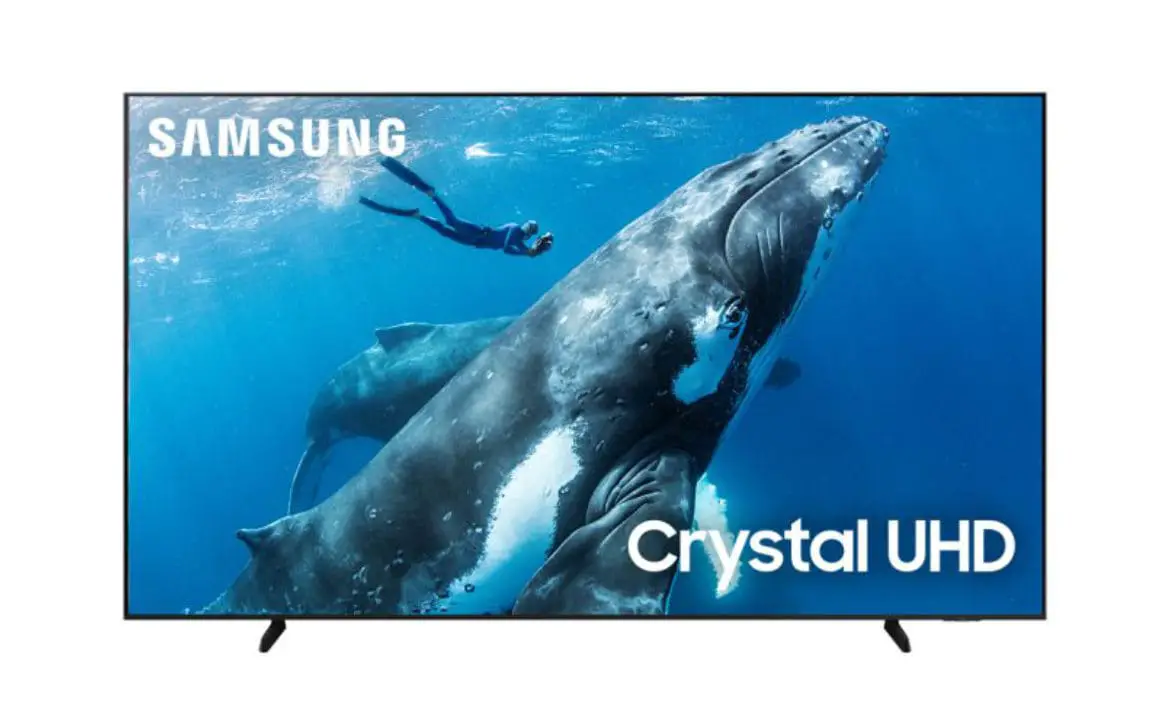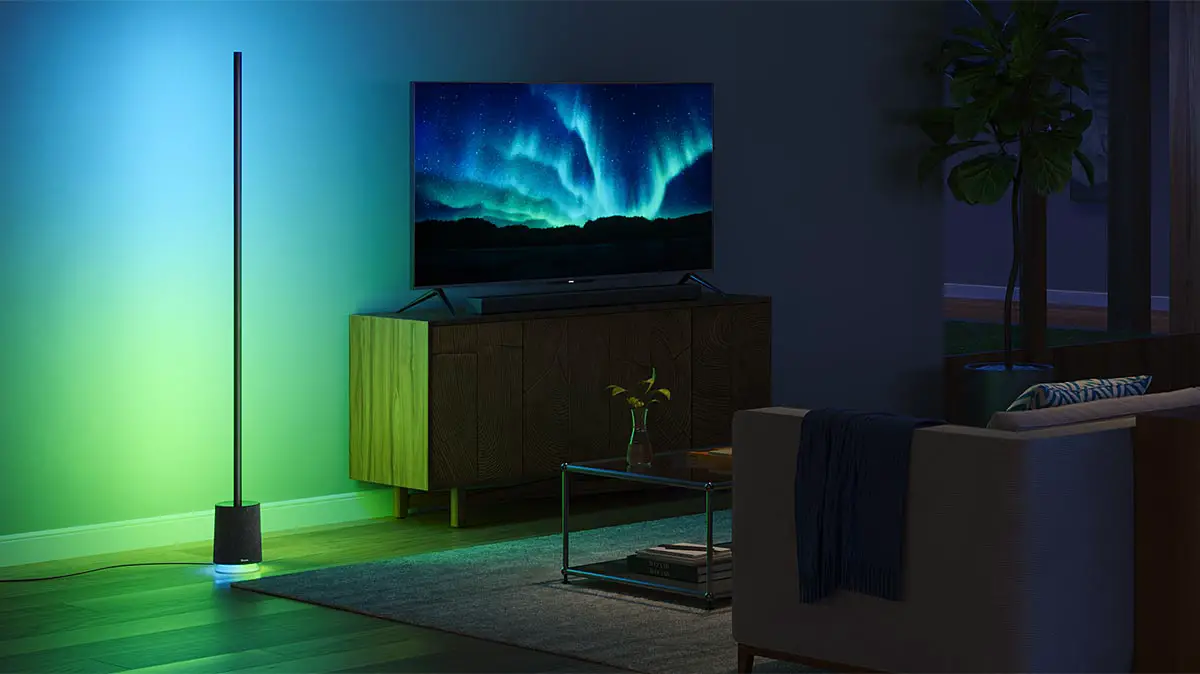Our nearest planetary neighbor, Mars, has been the topic of plenty of discussion over the years. We’ve sent probes and rovers to investigate its surface, it’s had a long and storied history in science fiction — Martians, anybody? — and Elon Musk is set on sending humans to the planet in the not-so-distant future. That’s all well and good, but Mars is very obviously an alien environment where we’re not even completely sure we can live. Researchers are doing everything they can here on Earth to try and help determine whether or not we can even live on Mars, and if so, where we should start settling.
First off, take a few minutes to check out this video from Business Insider about a team that’s trying to grow crops in as close to the expected conditions on Mars as possible:
The important takeaway here is obviously that it seems that it may be possible for us to grow crops using Martian soil, though curiously, Matt Damon may have lied to us since potatoes don’t seem to want to grow quite as well as some other vegetables quite yet. Researchers aren’t giving up though, potatoes are high on their list for things to improve in their studies. Earthworms provide a pretty obvious benefit to crops as well, though researchers were as surprised as could be that the worms not only survived in the simulated Martian conditions but thrived and reproduced. If these results can be duplicated, we may need to start referring to them as Marsworms, who knows?
With that very important consideration at least on the way towards being handled, another important factor will be where to begin our first colonies on Mars. Since the entire planet is basically a barren wasteland, we’ll need to focus on areas that have access to the appropriate type of soil as well as access to ice that can be used for many obvious reasons. You can see a snapshot of their map in the image at the top of the article, or check out a shot of the full map below:

Some areas that make sense to avoid are the inactive volcanoes on the planet surface, Olympus Mons in the red = bad area to the left side of the map and Elysium Mons in the slightly less foreboding yellow area on the right side of the map above. We’re still obviously a few years from actually being able to set foot onto Mars, but it’s nice to see that there are people thinking about what we’re going to do once we get there.
What do you think about potential home sites on Mars? Tell us all about it in the comment section below, or on Google+, Twitter, or Facebook.
[button link=”http://www.businessinsider.com/mars-map-show-where-humans-will-live-on-mars-2018-3″ icon=”fa-external-link” side=”left” target=”blank” color=”285b5e” textcolor=”ffffff”]Source: Business Insider[/button]Last Updated on April 6, 2018.










